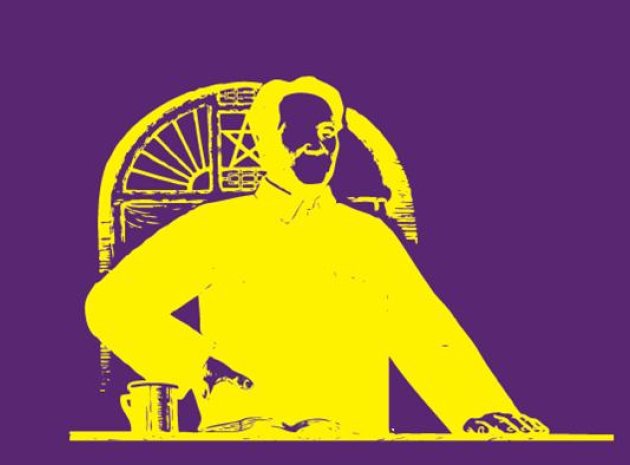It has been reported that the Prime Minister liked to compare the last education secretary, Michael Gove, to Chairman Mao – because both shared a desire for permanent revolution, and believed that progress came through a process of chaotic destruction. The coalition years did feel chaotic at times. Policies like rapid academy conversion, free schools and changes to curriculum and qualifications came tumbling out, one after another. At times ‘creative chaos’ looked rather more like dangerous destabilisation.
The publication of the Education White Paper last month sets out a more systematic approach to the next stage of a reform. Nevertheless the plans amount to a dramatic reshaping of the education landscape, and the final destruction of the post WW2 education settlement that devolved management and oversight of schools to a local authority level.
A matter of trusts
The vision is clear. There are currently around 5000 academies and almost three times as many maintained schools. But in five or six years time every school in the country will be organised into several thousand multi-academy trusts. The trusts will top slice the budgets of those schools in order to offer many of the services traditionally provided by local authorities, which will in turn become virtually irrelevant. Accountability and governance will move to trust level with a small number of ‘skilled’ trustees legally responsible for groups of schools. Schools will cease to be independent legal entities and it will signal the end of school governance as we know it.
In spite of parent choice and voice allegedly being at the heart of public service reform, elected parent governors will apparently be shown the door, though I am willing to bet that this particular proposal will be challenged and possibly overturned in the Lords as the Bill passes through Parliament.
In a sense this is the logical conclusion of the last five years. The chaotic patchwork of different types of schools overseen by academy sponsors, local authorities, multi academy trusts and the churches, each with different legal obligations written into their funding agreements, means it is increasingly difficult to hold schools to account coherently, or to implement government policy in a consistent way.
So the Cameron theory is correct. Creating chaos has made it much easier to impose the preferred solution. But what exactly is that preferred solution? New legislation will override the thousands of academy funding agreements that currently exist and put all schools on an identical legal footing, begging the question of what academy freedom and diversity actually means any more. Curriculum autonomy seems like a remote dream from a White Paper that also states nearly every pupil must be entered for the EBacc subjects.
There may not be much independence for schools that have been used to a relatively hands off local authority and now have to get used to life in a chain. One of the original New Labour academy heads, Ros Mc Mullen, who is also a founder member of the influential Headteachers Roundtable, recently wrote that by the end of her time as an academy principal she had less freedom than she did as a local authority head in the late 1990s.
And the idea that academies are a ‘golden bullet’ when it comes to school improvement has been serially refuted by evidence from Ofsted, KS2 and GCSE data over the last five years. Schools succeed and fail depending on the quality of their teaching and leadership. No one type of educational establishment can claim a monopoly on excellence.
Money talks
So maybe the real point is not yet being articulated clearly and honestly. If all schools do become academies, however uniformly they are overseen, they will still be technically private, independent bodies – and therefore much easier to hand over to profit making companies. Ministers have always downplayed this possible outcome, but there are certainly people on the political right who remain fervently committed to for profit schooling. And it isn’t hard to see the narrative that could be developed in the next few years to justify the next step… the economy still challenged, the deficit not eradicated, even more cuts needed to balance the books. The public sector will be pared back to the bone and for profit companies will be promoted as a solution that brings innovation, entrepreneurial spirit and extra investment into schools at a time when they are financially on their knees. It would also conveniently allow the government to cut taxes.
However, for profit schools should come with a huge health warning, Education is not just about things that can be measured, and costed. What about social cohesion, inclusion, child wellbeing and of course the power of community? If the experience from America and Sweden is anything to go by, the profit motive has introduced many negative side effects: low cost impoverished schooling, fraudulent behaviour and manipulation of admissions and exclusions to name a few. These are the inevitable consequence of linking financial rewards to performance and results. Mao might have approved of the means in this particular permanent revolution, but possibly not the ends.
About the author
Fiona Millar is a columnist for Guardian Education and a co-founder of the Local Schools Network. (localschoolsnetwork.org.uk).









